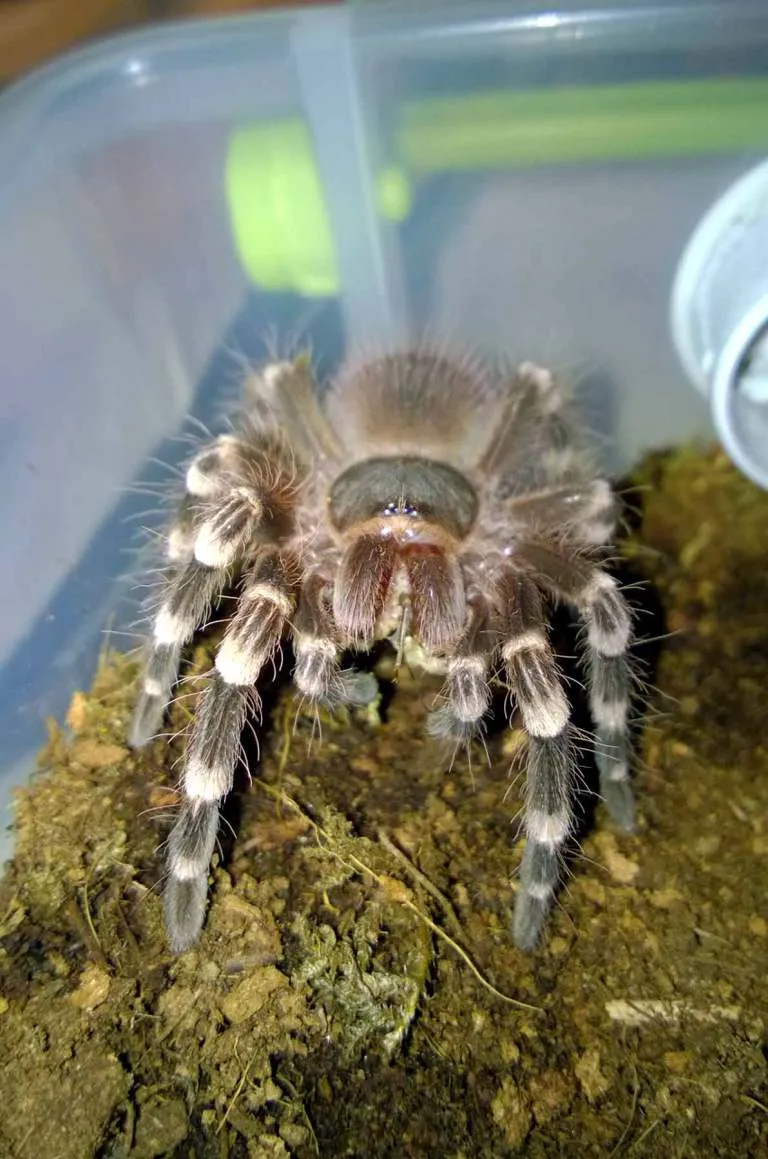The World of Sling Tarantulas
Sling tarantulas, which are juvenile tarantulas, are a fascinating aspect of the tarantula hobby. These tiny creatures, often no bigger than a thumbnail, require specialized care to thrive. Their small size presents unique challenges, particularly regarding feeding and enclosure setup. Understanding the specific needs of a sling tarantula is crucial for any aspiring tarantula keeper. This guide aims to provide essential information on how to effectively feed your sling tarantula, ensuring it grows into a healthy and vibrant adult.
What is a Sling Tarantula
A sling tarantula refers to a juvenile tarantula, typically ranging from the first instar (after hatching) up to a few molts. During this stage, tarantulas are particularly vulnerable and require a controlled environment to survive. Their exoskeletons are fragile, and their feeding habits are delicate. Observing a sling grow and molt is a rewarding experience for any keeper, but it necessitates a deep understanding of their unique requirements. Proper care at this early stage significantly influences the tarantula’s long-term health and longevity. The term “sling” highlights the initial stage of a tarantula’s life cycle.
Why is Proper Feeding Important
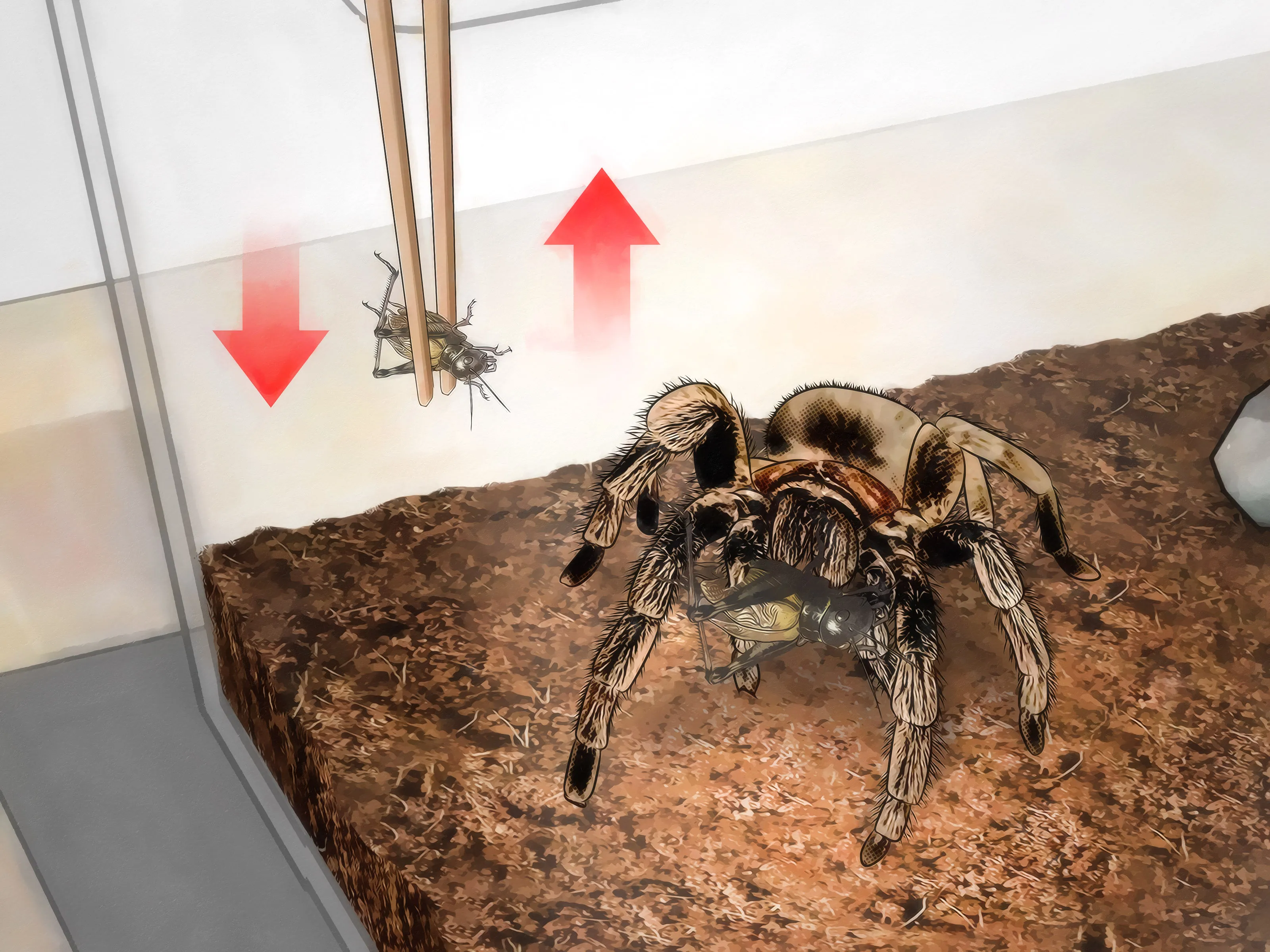
Feeding a sling tarantula correctly is paramount for its growth and overall health. A balanced diet and appropriate feeding schedule are essential for the tarantula’s development. Insufficient nutrition can lead to stunted growth, weakened immune systems, and potentially fatal molting problems. Overfeeding, conversely, can lead to obesity and other health issues. The proper feeding strategy contributes significantly to a long and healthy lifespan for your tarantula. The care provided now directly affects the adult tarantula.
Top 5 Feeding Facts for Sling Tarantulas
Fact 1: Size Matters
One of the most critical aspects of feeding a sling tarantula is selecting prey of the correct size. The prey should be no larger than the tarantula’s abdomen. Larger prey can pose a threat, potentially injuring or even killing the sling. Offer appropriately sized fruit flies, pinhead crickets, or small mealworms, depending on the size of your tarantula. Always monitor the sling’s eating habits and adjust prey size accordingly. Avoid giving prey that is too big as this can stress your tarantula.
Fact 2 Prey Selection
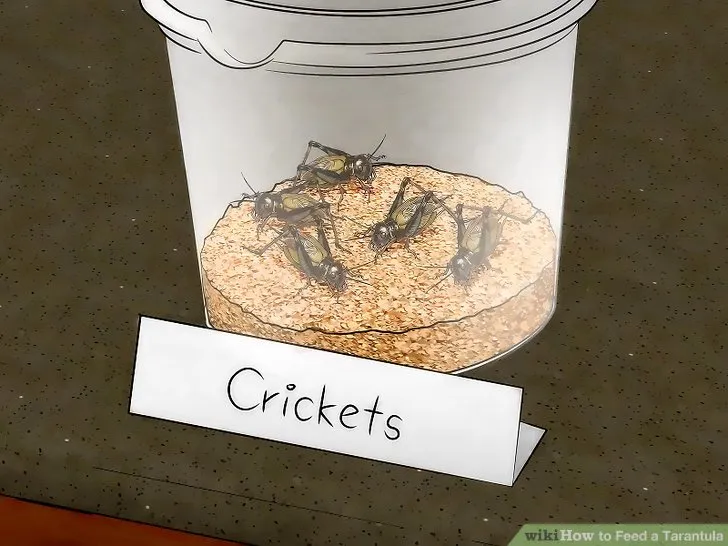
Variety and nutritional value are key when it comes to prey selection. While you can’t give them a wide array of food, make sure the food you do offer is nutritious. Crickets and roaches should be gut-loaded (fed nutritious food) before offering them to your sling, ensuring they provide essential nutrients. Avoid feeding wild-caught insects, as they can carry parasites or pesticides that could harm your tarantula. Always prioritize healthy, commercially available prey options. Choosing healthy prey translates directly into a healthier tarantula.
Fact 3: Feeding Frequency
The frequency of feeding depends on the tarantula’s size and growth rate. As a general rule, slings typically require feeding every 2-3 days. Monitor the tarantula’s abdomen; a plump abdomen indicates it has been fed recently. Reduce feeding if the tarantula refuses food or shows signs of being full. Adjust the feeding schedule based on the tarantula’s molting cycle, as they often stop eating before a molt. Ensure you don’t feed them too much, which can happen quickly for these small spiders.
Fact 4: Water Access
Fresh water is essential for all tarantulas, including slings. Provide a small, shallow water dish or a water-filled bottle cap in the enclosure. Ensure the water source is always clean and accessible. For very small slings, you may need to mist the enclosure regularly to provide water droplets they can drink from. Dehydration can be fatal to slings, so consistent access to water is critical. Clean the water source regularly to prevent bacterial growth.
Fact 5: Observing Behavior
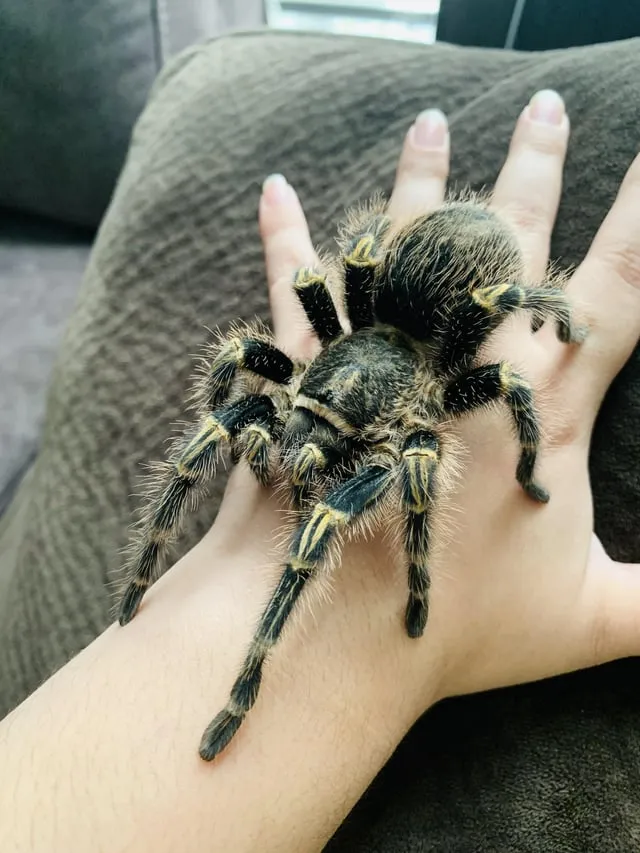
Observe your sling’s behavior closely to gauge its feeding habits. A healthy sling will typically be alert and actively hunting. If the tarantula refuses food for an extended period, it might be preparing to molt, or there could be an issue with the enclosure environment or health. Always remove uneaten prey within 24 hours to prevent the prey from stressing or harming the tarantula. Monitoring your sling’s behavior is key to identifying and addressing potential problems early on. A healthy tarantula is an active tarantula.
Common Mistakes When Feeding Slings
Incorrect Prey Size
As mentioned before, one of the most common mistakes is offering prey that is too large for the sling to handle. This can cause stress, injury, or even death. Always ensure the prey is no larger than the tarantula’s abdomen. Start with small prey and gradually increase the size as the tarantula grows. Carefully selecting the right size prey is vital for your sling’s survival. Avoid taking a risk with prey size.
Overfeeding
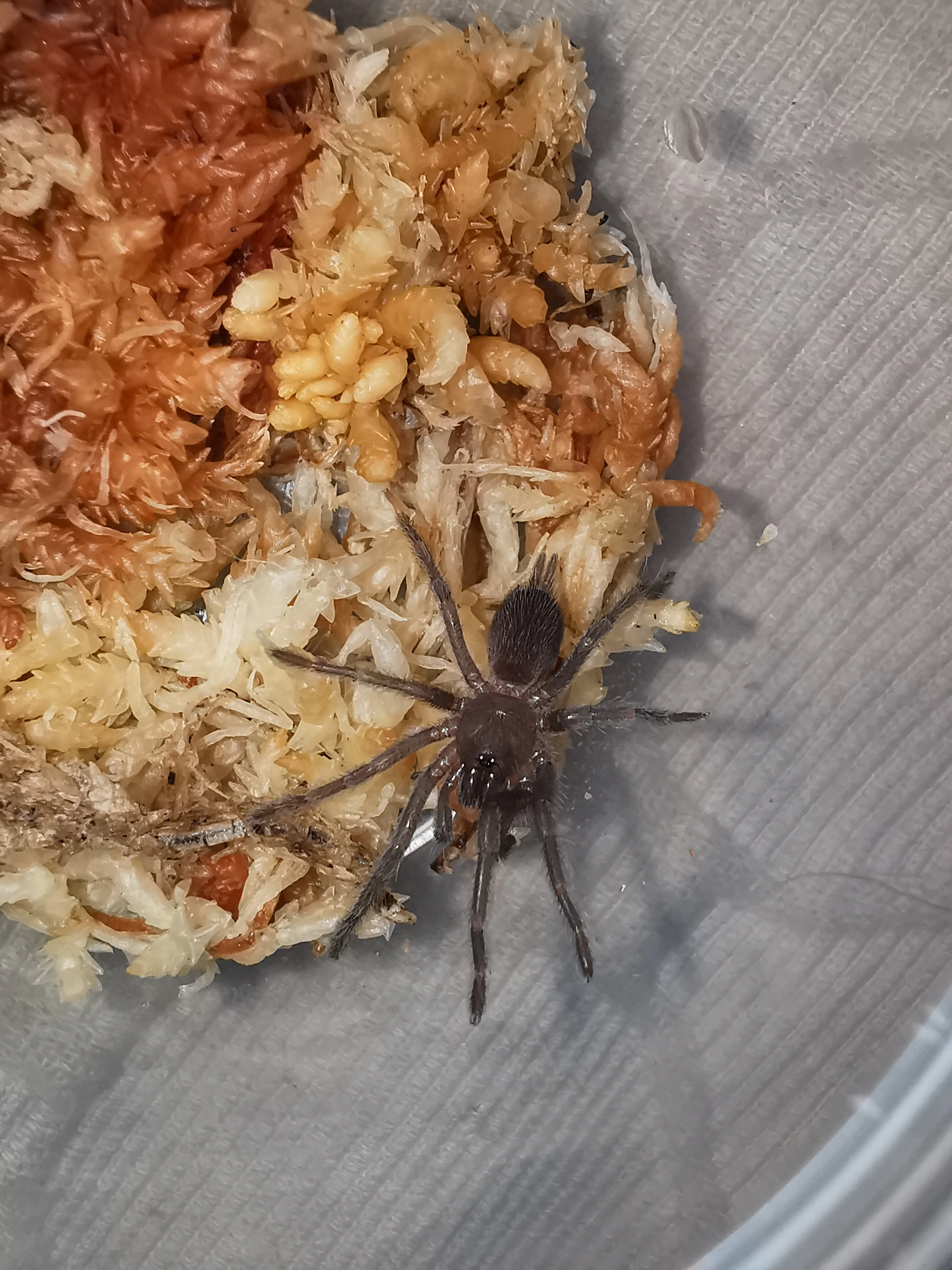
Overfeeding can lead to obesity and other health problems. While it might be tempting to feed your sling frequently, it’s essential to follow a reasonable feeding schedule. A plump abdomen is a sign that the tarantula has been fed recently. If the tarantula refuses food, reduce the frequency of feeding. A healthy tarantula will have a good appetite, but overfeeding can negatively affect its health. The ideal feeding balance is critical for the tarantula’s well-being.
Neglecting Water
Neglecting to provide a consistent water source is a critical mistake. Dehydration can be fatal, especially for slings. Always ensure fresh water is available in a shallow dish or by misting the enclosure. Clean the water source regularly to prevent bacterial growth. Water is a critical element for slings to survive. Ensure a reliable source of fresh water is available at all times.
Creating the Perfect Feeding Environment
Optimal Enclosure Setup
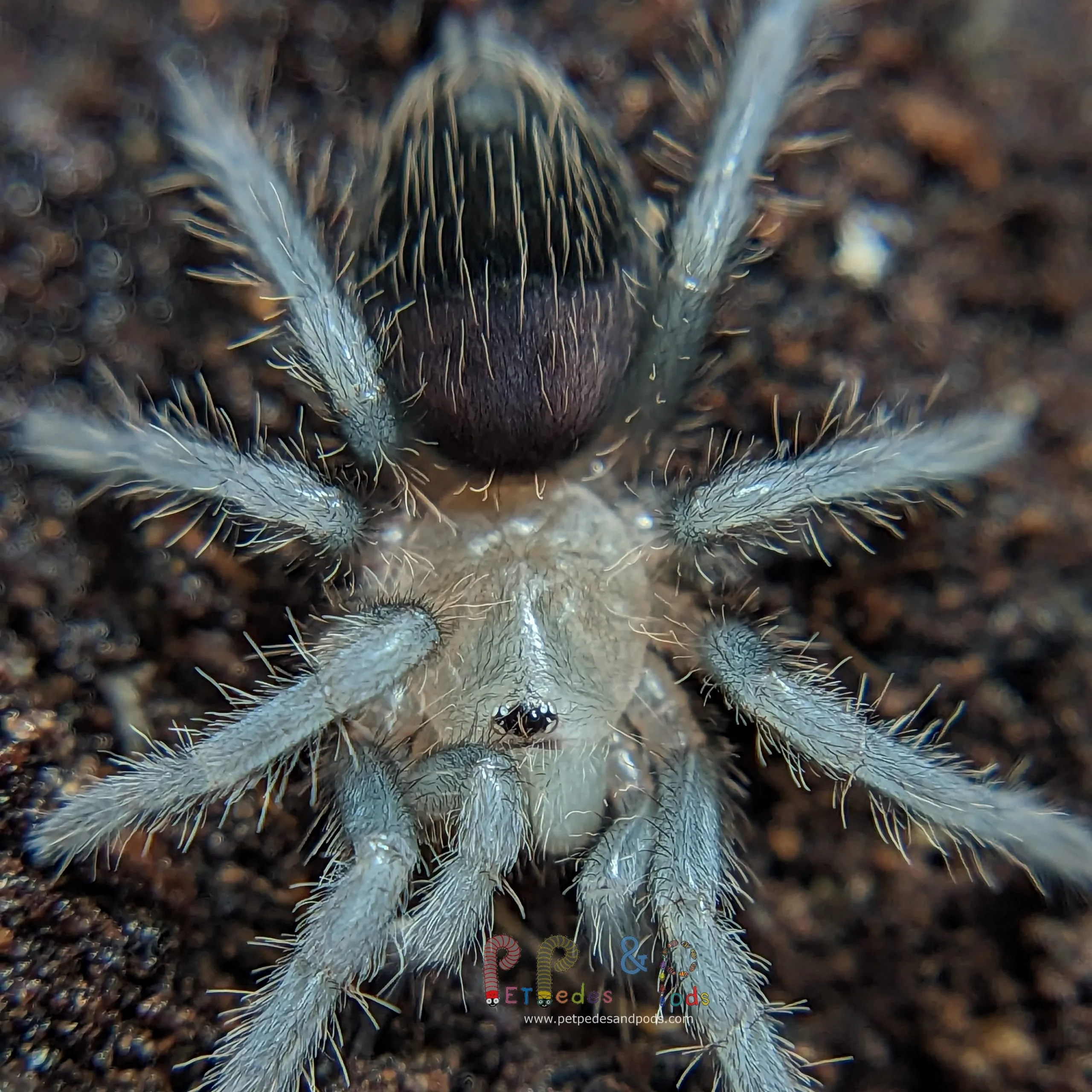
The enclosure setup plays a vital role in your sling’s feeding success. The enclosure should be appropriately sized, with adequate ventilation, and proper substrate. Provide hiding places like a small piece of cork bark or a half-buried pot. The enclosure should be kept clean to prevent the buildup of bacteria or mold. A well-designed enclosure reduces stress and makes it easier for the tarantula to hunt and eat. Consider this an investment in your tarantula’s health.
Temperature and Humidity
Maintaining the correct temperature and humidity levels is crucial for the sling’s health and feeding behavior. Most tarantulas thrive in temperatures between 75-85°F (24-29°C). Humidity levels vary depending on the species, but generally, a slightly humid environment is beneficial. Use a hygrometer to monitor humidity levels. Proper environmental conditions will encourage your tarantula to eat, molt, and live comfortably. Regular monitoring will help with this.
Conclusion
Feeding a sling tarantula is a rewarding experience, provided you understand and meet its specific needs. By following these top 5 facts and avoiding common mistakes, you can significantly increase the chances of your sling thriving. Remember to prioritize proper prey size, a balanced diet, appropriate feeding frequency, access to fresh water, and consistent monitoring of your tarantula’s behavior. Creating the perfect environment is also vital. With the right care, your sling tarantula will grow into a healthy, beautiful adult, giving you years of enjoyment. Happy keeping!
